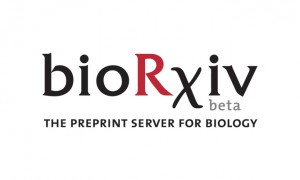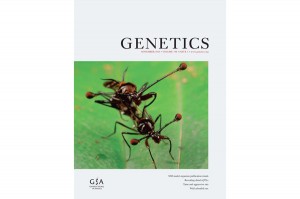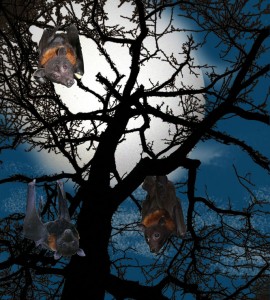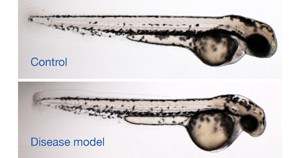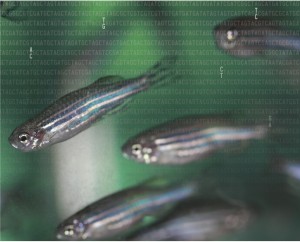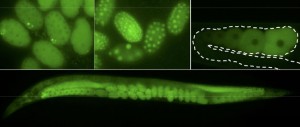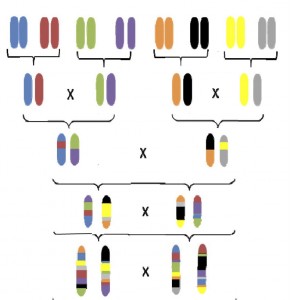Enter your address to receive notifications about new posts to your email.
Science & Publishing
-
Science & Publishing
New in G3: Worm RNAi tools, oyster sex & primate lice endosymbionts
Oyster sex, a watermelon map, coconut transcriptome, and a primate lice endosymbiont genome in the new issue of G3 online now! Also tools for C. elegans RNAi and predictive histone acetylation patterns. Check out the Table of Contents below: G3: Genes|Genomes|Genetics November 2014 Distinct and Predictive Histone Lysine Acetylation Patterns at Promoters, Enhancers, and Gene Bodies…
-
Science & Publishing
How the cat got its spots (and hearing problems)
Mammal domestication is a hot topic, with many groups releasing detailed genetic studies of different models of domestication. This week we’ll look at the genetics of cat colors and follow up on the recently published domestication syndrome hypothesis. Next week we’ll feature new research on experimental rat domestication. Stay tuned! Does your cat have a…
-
Science & Publishing
GSA journals partner with bioRxiv
Today we announced good news for our authors who use the bioRxiv preprint server! In partnership with Cold Spring Harbor Laboratory, the GSA journals GENETICS and G3 are rolling out a new feature that allows authors to submit their manuscript for peer review at one of our journals and, if they choose, simultaneously post it…
-
Science & Publishing
Distal eQTLs, angry rats & zebrafish sex: November GENETICS highlights
The November issue of GENETICS is out today! Check out the highlights below or the full Table of Contents here. Genetic influences on brain gene expression in rats selected for tameness and aggression, pp. 1277–1290 Henrike O. Heyne, Susann Lautenschläger, Ronald Nelson, François Besnier, Maxime Rotival, Alexander Cagan, Rimma Kozhemyakina, Irina Z. Plyusnina, Lyudmila Trut, Örjan…
-
Science & Publishing
Bat signals: genomic traces of sensory rewiring
How does evolution rewire an animal’s sensory system? In time for both National Bat Week and Halloween, new research in G3 investigates this question by comparing the genomes of bat species that “see” the world in different ways. The black flying fox Pteropus alecto forages for fruit mainly by smell and sight. In contrast, the…
-
Science & Publishing
GSA Award Essays
Check out the GSA award winners’ essays in this month’s issue of GENETICS! GENETICS SOCIETY OF AMERICA MEDAL Unanticipated Success Stories: An Interview with Angelika Amon “I would argue that under some circumstances, studying yeast cells is a better idea than studying highly transformed human cells in a dish.” THOMAS HUNT MORGAN MEDAL…
-
Science & Publishing
Rare disease expert Kym Boycott joins the GENETICS editorial board
We’re pleased to announce that Kym Boycott (Children’s Hospital of Eastern Ontario) has joined the GENETICS Editorial Board. Following Editor-in-Chief Mark Johnston’s call for submissions of human genetics research, Dr. Boycott is a welcome addition to the board’s growing list of editors with expertise in human genetics. Dr. Boycott is a Medical Geneticist at the Children’s Hospital of Eastern Ontario…
-
Science & Publishing
Zebrafish models for one-of-a-kind families
In this month’s editorial, the Editors of GENETICS invite submissions of human genetics research articles. To kick off the journal’s call for papers, the October issue features an article by Brooks and Wall et al. identifying the cause of a single-family disorder and a commentary by Phil Hieter and Kim Boycott on the power of model organisms…
-
Science & Publishing
Know your Fish: A defined zebrafish line for CRISPR:
Zebrafish develop fast. They are conveniently small. Their embryos are stunningly transparent. But despite their many powerful advantages as a genetic model, they have a drawback that complicates the use of methods like CRISPR, morpholino knockdown, and RNAseq: they are not great inbreeders. Because inbred zebrafish stocks tend to be sickly, most research relies on…
-
Science & Publishing
CRISPR Cleans Up
A versatile new CRISPR/Cas9 genome editing strategy allows mutation, tagging, and gene deletion in C. elegans without the use of co-integrated markers or long homology arms, report Paix et al. in an article published Early Online in GENETICS. The strategy can be easily scaled up, and should allow systematic construction of precise ORF deletions and…
-
Science & Publishing
Fine-Mapping Diabetic Traits with Outbred Rats
In 1979, as the US slid into recession, researchers began systematically crossing eight distinct inbred rat strains. Their goal was to establish a genetically diverse rat colony to serve as a base for phenotype measurements and artificial selection. But the creators of the NIH rat Heterogeneous Stocks (HS) faced major challenges: “…the main one being…




